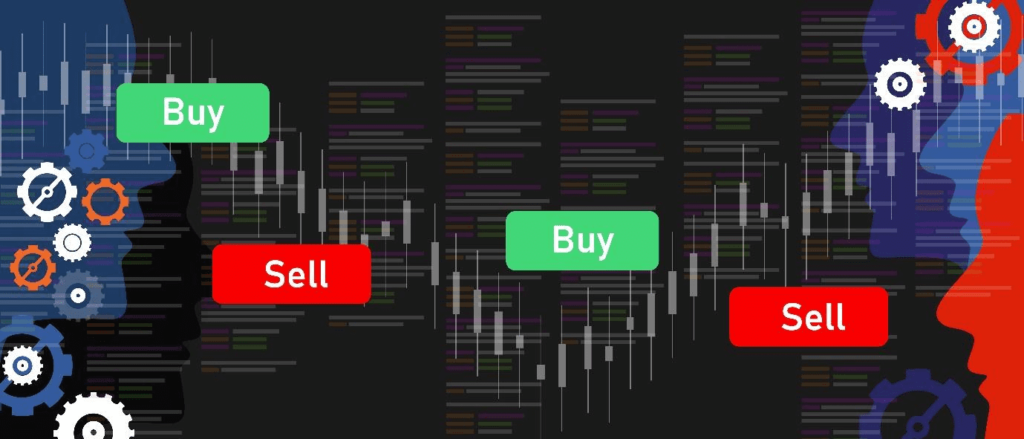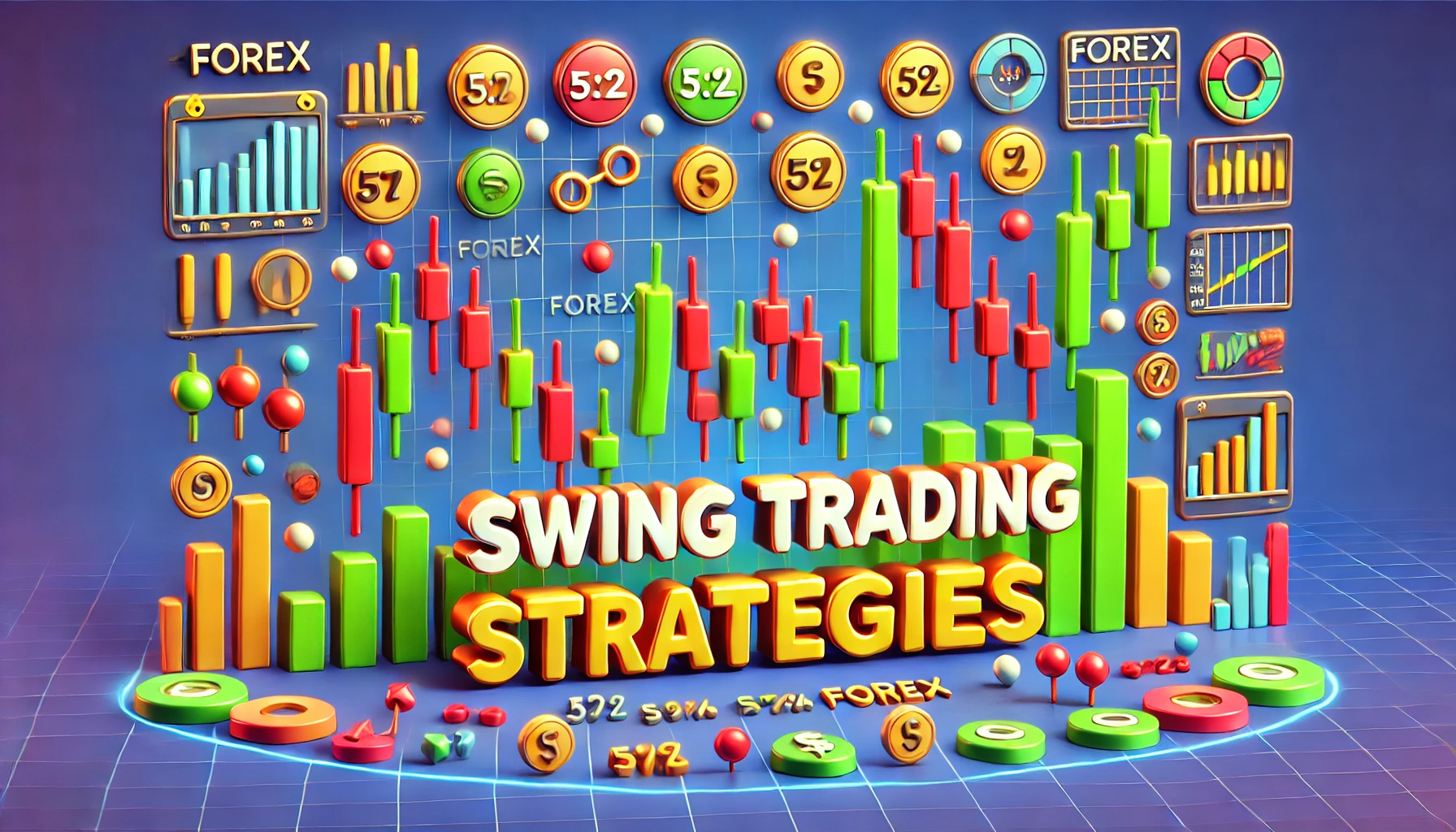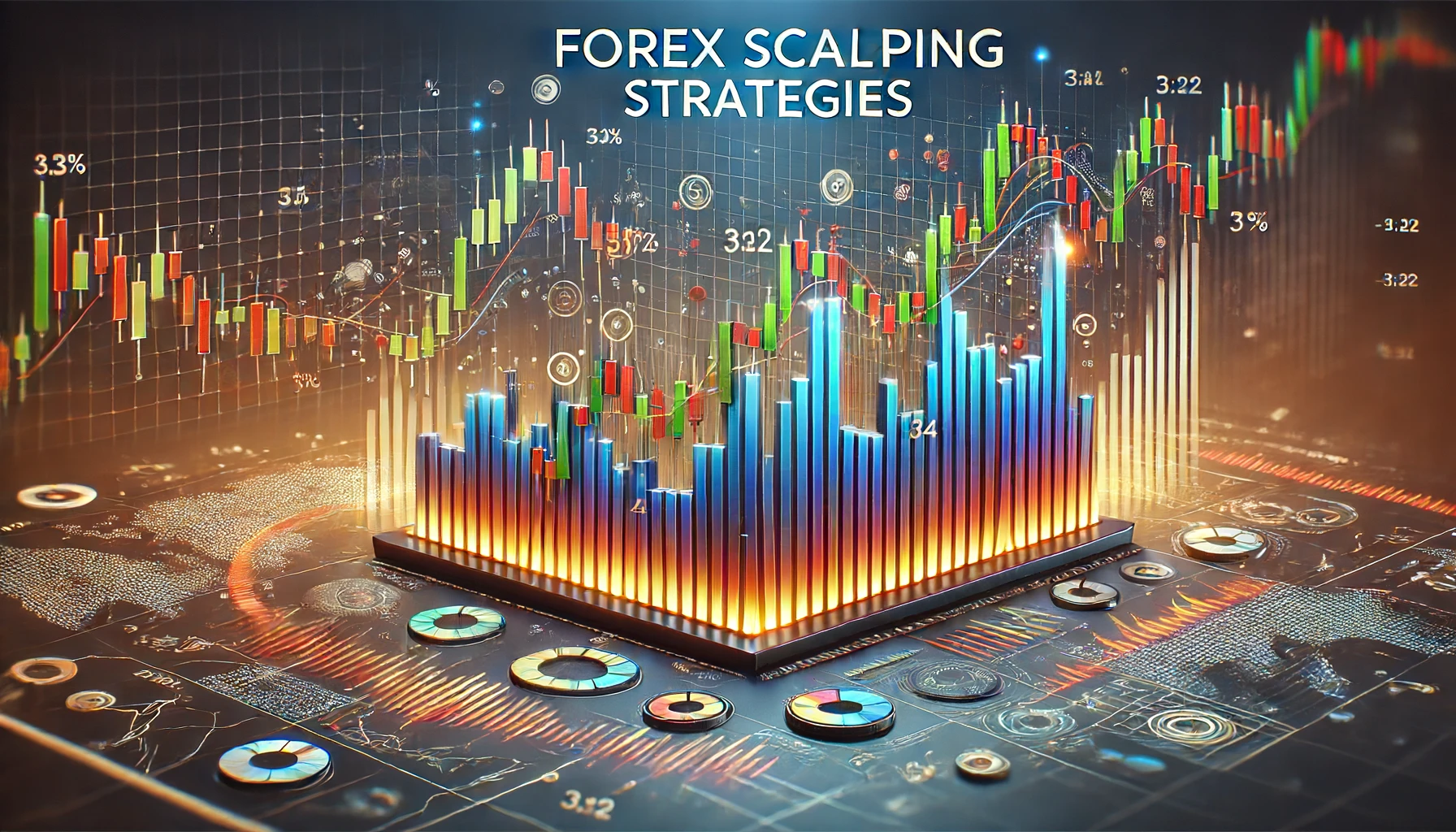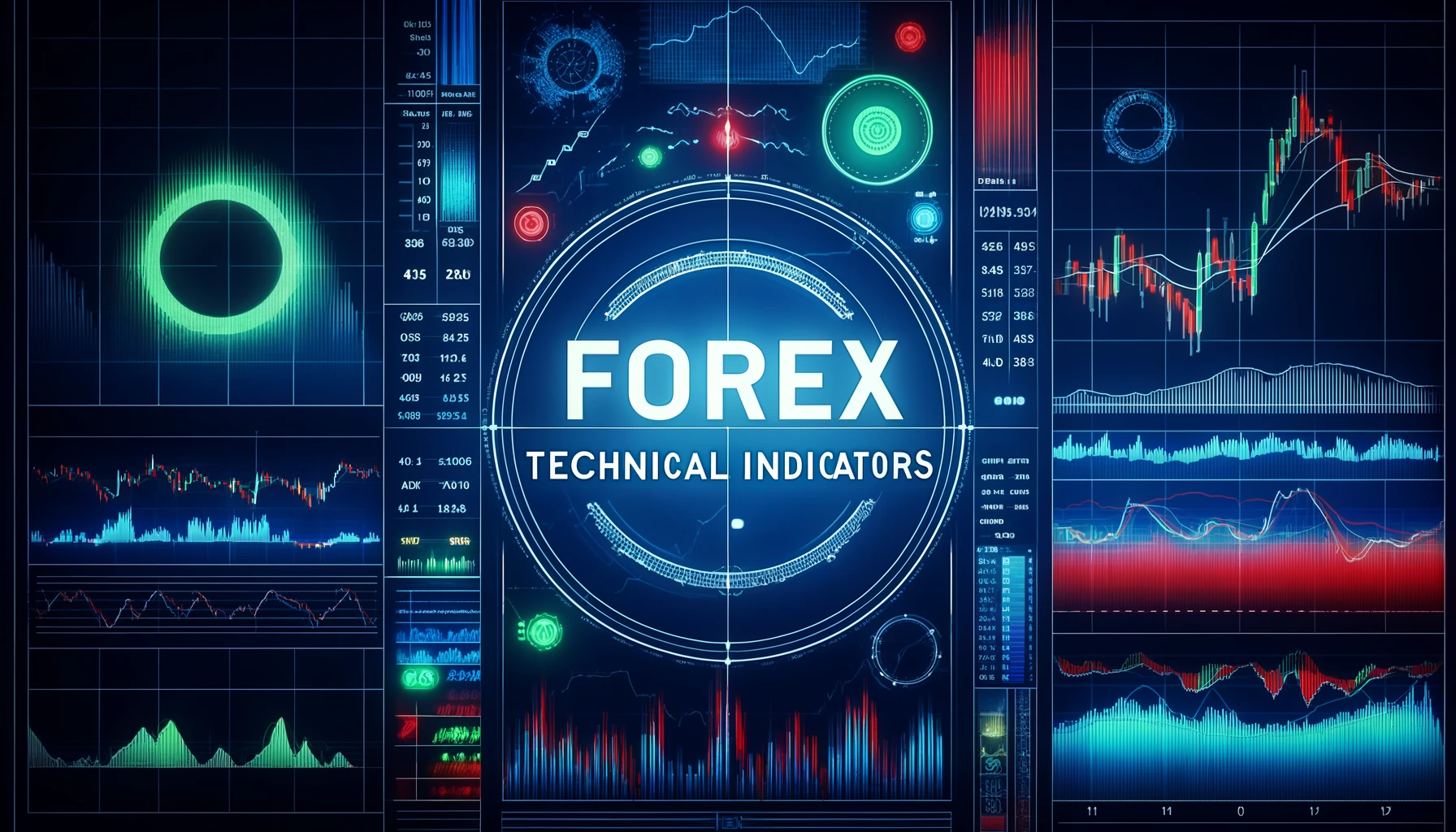Over the course of years, the forex trading industry has maintained a consistent state, where traders relied on conventional means to engage in market activities. But with the emergence of innovative technologies in recent times, things have drastically changed, propelling the popularity of forex trading to new heights.
With the latest electronic trading systems taking center stage, traders can now access the markets from anywhere via their smartphones or web-based devices. From accessing real-time market data to experiencing transparent trading conditions, participants can now enjoy unprecedented levels of convenience and efficiency. Equipped with such an arsenal of updated trading tools and information, traders can ultimately make more proficient decisions and swiftly capitalize on price fluctuations, gaining a decisive advantage in a highly competitive environment.
That said, forex algorithmic trading is the latest breakthrough in the online trading arena aimed at bolstering trade precision and efficacy. In this piece, we will explore what is forex algorithmic trading, some prevalent robo trade strategies, and assess the algo trading’s merits and drawbacks.
Table of Contents
ToggleWhat is Forex Algorithmic trading?
Forex algorithmic trading is an advanced trading technique that utilizes computerized algorithms to scan market data and execute trades. It involves a set of pre-specified rules and instructions that are followed by the computer to capitalize on market movements at lightning speed, which is far beyond what a human trader could achieve.
To put it another way, forex algorithmic trading refers to a sophisticated trading mode that employs mathematical models or codes to streamline the trading process. As you may already know, the intricate algorithms are actually designed by humans whereby developers aim to craft the desired trading bot system capable of taking precise actions under real-time market conditions.
How Algo trading works?
Forex algorithmic trading has become a game-changer that enables market players to automate their trades based on specific criteria programmed into the system. With lightning-fast execution times and no need for human intervention, algorithmic trading saves time and allows for more trades to be made than ever before.
Now that we have understood what is forex algorithmic trading, let us see what are its basic components and how this trading works.
This ingenious approach employs complex codes to sift through past statistical data. Data can be collected from a variety of sources including economic indicators, technical analysis, financial news, and other fundamental aspects. Subsequently, the system’s algorithms incessantly scrutinize the data and isolate potential set-ups based on a specific set of criteria, which can either be quite straightforward or complicated based on multiple variables.
After identifying favorable trades, the system generates trading signals indicating whether to sell, buy or hold the relative asset. These signals are then executed within seconds, and the system can dynamically monitor and regulate trades to maximize profits and minimize risks. Most algo trading systems keep assessing their own performance and highlight areas for improvement by analyzing the results of previous trades.
Note that algorithmic trading is not solely reserved for the forex market, but it can also be applied across a broad spectrum of financial domains, including crypto, stocks, futures, and options among others. Needless to say, it is quite a favored tool among institutional investors, hedge funds, and high-frequency traders or scalpers.

Forex algorithmic trading strategies: A brief overview
Algorithmic trading encompasses a multitude of strategies that developers employ to execute trades. Here, we are going to discuss only a few of the most important ones, which are:
1. Trend trading
Trend-following is one of the simplest strategies that can be followed via algorithmic trading. In this approach, the algo system facilitates the analysis of market trends based on factors such as price, support, resistance, volume, and other criteria and dictates whether to issue buy or sell orders. Typically, this strategy also analyzes present and past market information to ascertain if a certain trend will persist or shift direction.
2. Market sentiment
Many forex trading algorithms leverage market sentiment by identifying oversold and overbought positions. With the help of such robo trade systems, participants can take advantage of the prevailing market sentiments and realize potential gains.
Note that some algorithmic methodologies extend beyond traditional sources as they access social media platforms to gauge currency predilections.
3. Mean reversion
Another common algo trading strategy is known as the mean reversion system. It assumes that markets tend to stay in a certain range most of the time.
In this approach, the algo trading software looks at past prices to find the average and then predicts that the current price will eventually go back to that benchmark. In simpler terms, this software recognizes typical price fluctuations and predicts where the price is likely to go next.
4. Arbitrage
Traders can also harness arbitrage opportunities through the wonders of algorithmic trading.
The algo system combs through diverse markets in search of price disparities and cleverly capitalizes on them. Although these price differentials are often minuscule, sizable gains can be realized by undertaking large-volume trades.
For example, triangular arbitrage is one of the most notable techniques that exploit price discrepancies across different currency pairs. Algorithmic systems can exercise this arbitrage method with ease, which would otherwise be difficult to achieve through manual trading methods.
Also read: Understanding Arbitrage: What is Arbitrage and How Does it Work?
Advantages of Forex algorithmic trading
Algo trading has achieved immense recognition as more and more parties are understanding what is forex algorithmic trading and how it can revolutionize the standard trading experience. Here we have listed some of the most prominent advantages of robo trade systems:
- Diversification made easy: Algo trading has enabled the execution of multiple trades and strategies simultaneously with remarkable precision.
- Lightning-fast trades: Forex trading algorithms can analyze market indicators or parameters in a flash and take action immediately, giving traders a significant speed advantage.
- Highly accurate trades: As algorithms can execute trades based on a fixed criterion, they are less prone to errors caused by human biases or mistakes.
- Emotionless trading: Algorithmic pre-formulated strategies stipulate that traders have no room for emotional decision-making. Once the objectives are met, trades are executed automatically without second-guessing.
- Rapid order processing: Algorithmic trading systems respond instantly to market changes, generating orders and ensuring swift entry and exit speeds. Quick action is crucial in capturing price movements accurately, and algo trading makes it possible.
Risks involved in forex algorithmic trading
All that glitters is not gold.
Algorithmic trading has brought a new dimension to the world of finance, but it comes with its unique set of risks and challenges. Here are some of its potential pitfalls to keep in mind:
- Speed and glitches: As forex bots operate at warp speed, even the smallest glitch or coding mistake can result in notable trading losses within a short time. Vigilant testing and monitoring are necessary to ensure the soundness of the algorithms.
- No human oversight: Automated trading takes the reins of decision-making out of the hands of human traders. While algorithms can execute trades quickly and efficiently, they are unable to adapt to unforeseen circumstances and events the way human traders can.
- Risk of over-optimization: Strategies that look promising on paper may not always hold up in live markets. Forex algorithmic systems, if over-optimized, may lead to unreliable trading plans that do not perform as expected in the real world.
- The limits of algorithms: Algorithms are powerful tools, but they cannot replace the human intuition and expertise that comes with real experience in the markets. Robo trade bots are only as good as their programming and may not be able to respond to sudden and drastic market changes that require quick, instinctual decisions.
Bottom line
In the financial world, technological developments are revolutionizing the traditional ways of doing things, and investors & traders are at the forefront of taking advantage of these innovations. As discussed in the write-up, algorithmic trading is one of the most prominent products of today’s financial realm that optimizes the entire trading process.
By utilizing robo trade systems, market players can benefit from automated transactions, exercise emotionless trading, and enjoy an overall high-precision market routine. Nevertheless, this approach also entails an array of inherent risks. Hence, traders should first thoroughly understand what is forex algorithmic trading as well as its potential benefits & downsides to determine a strategy most aligned with their needs.












